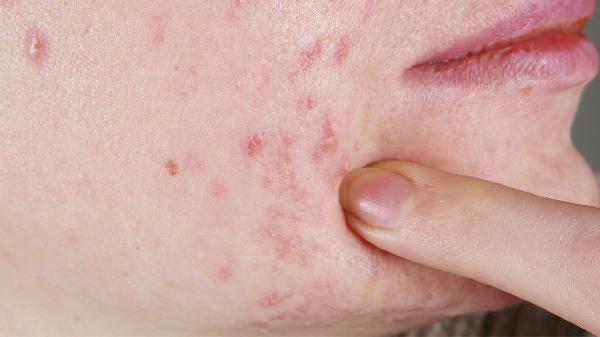Baby develops red rashes on the face and cries in pain after drinking milk, this could be a sign of milk allergy! Don't worry, today we're going to talk about milk allergy in babies, helping you to handle it with ease and without panic.
1. Understand the symptoms of milk allergy
Milk allergy occurs when a baby's immune system reacts to the proteins in milk, common symptoms include skin rashes, vomiting, diarrhea, abdominal pain, etc. Some babies may also experience respiratory symptoms like rapid breathing and coughing. If your baby shows these symptoms after drinking milk, parents should be alert to the possibility of milk allergy.

2. Confirm the allergen
If you suspect your baby has a milk allergy, take them to the hospital for an allergen test. Doctors will determine if the baby is allergic to milk proteins through skin prick tests or blood tests. Once the allergen is confirmed, targeted measures can be taken.
3. Choose suitable alternatives
For babies with milk allergy, you can choose extensively hydrolyzed formula or amino acid-based formula. The proteins in these formulas have been broken down into smaller molecules, reducing the risk of allergic reactions. Breastfeeding mothers should also pay attention to their diet, avoiding milk and its products.
4. Pay attention to complementary food introduction
When introducing complementary foods, be particularly careful to avoid foods containing milk ingredients, such as cheese, yogurt, and butter. You can choose rice, millet, vegetables, and fruits as complementary foods for your baby. Observe your baby for any allergic reactions when introducing new foods.
5. Prevent cross-contamination
When preparing food for your baby, ensure that the utensils and kitchenware used have not come into contact with milk and its products. When dining out, inform the waiter in advance about your baby's allergy to avoid accidental ingestion of milk-containing foods.
6. Carry anti-allergy medication with you
For babies with severe milk allergies, parents should carry anti-allergy medication, such as an epinephrine auto-injector. If the baby has a severe allergic reaction, it can be used immediately to gain valuable time for emergency treatment.
7. Regular check-ups
As the baby grows, some babies with milk allergies may gradually tolerate milk proteins. Parents can take their baby for regular check-ups at the hospital to monitor changes in the allergy condition. If the baby can tolerate milk proteins, you can gradually try introducing milk and its products.
Although milk allergy in babies can be a headache for parents, with the right methods, it can be handled easily. Understanding the symptoms, confirming the allergen, choosing alternatives, paying attention to complementary food introduction, preventing cross-contamination, carrying medication, and regular check-ups, these measures can all help babies stay away from allergy troubles. Let's work together to safeguard our babies' health and let them grow up happily!
























